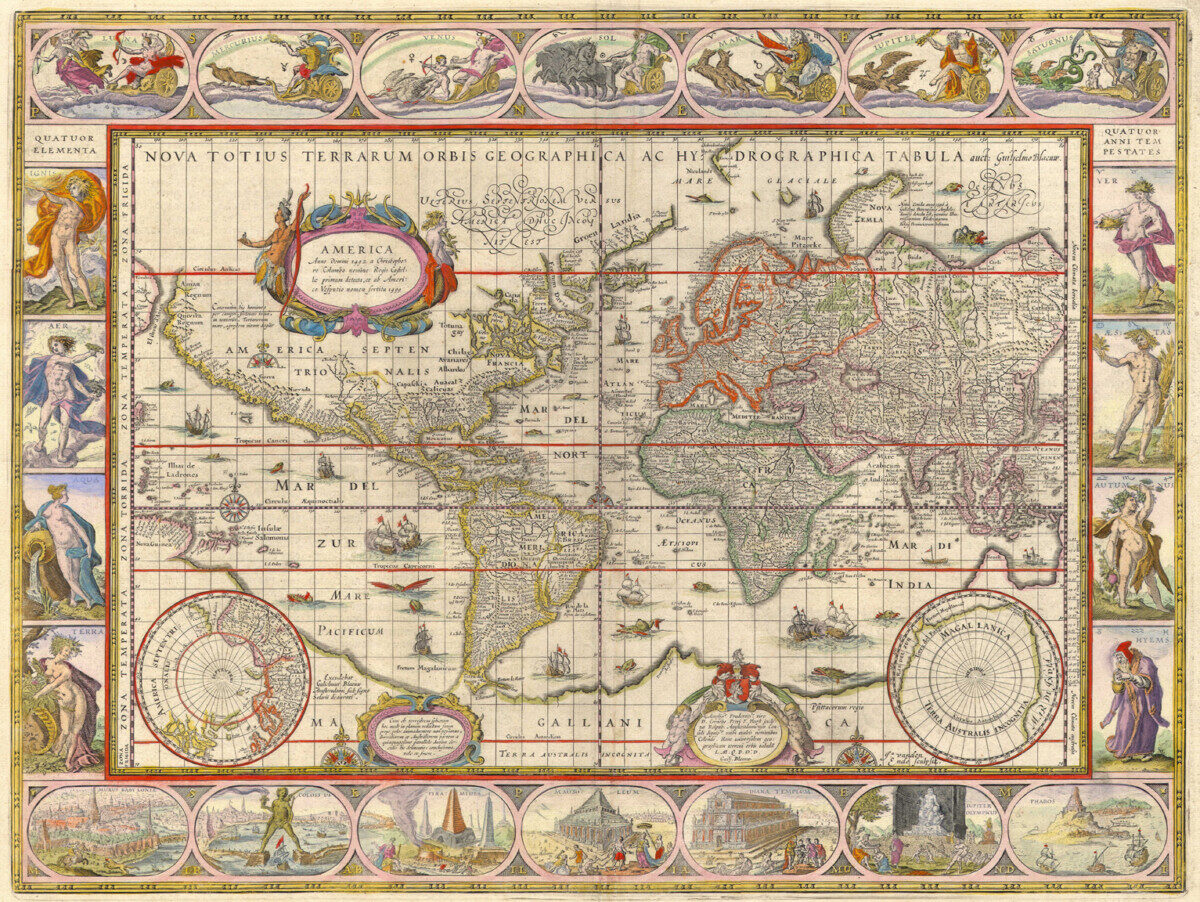Based on prior Art History courses I have taken, I have generally been taught Baroque art created in Europe. Baroque conjures visuals of dark, jewel-toned colors with painters adopting chiaroscuro and tenebrism for a dramatic play between light and shadow. Particularly, artworks created by Italian Baroque painters, such as Caravaggio, come to mind. Baroque art also tends to center around religious subjects to support the aims of the Catholic Counter Reformation. I think Italian Baroque art makes it way to the forefront of my mind. Baroque art from France, Flanders, Spain, or Holland often escapes my mind, despite the fact that I have a print of Las Meninas by Velázquez hanging in my dorm room. While French Baroque art tends to fall to the wayside in my brain, I often conceptualize Baroque art as being in contrast to the light and playful aesthetics of Rococo art. Any Baroque art created outside of Europe has not been taught in my prior Art History courses. If I were to pick a work that serves as the prime example of Baroque art that first comes to mind, it would be Caravaggio’s Calling of St. Matthew (shown below).

As for the term “digital humanities”, I think of virtual resources for accessing sources and information for studying the humanities. For example, my current work study position is data entry at a virtual archive of the letters of writer Samuel Beckett. The project is attempting to catalogue everyone Beckett corresponded with, who/what/where he mentions in his letters, a summarization of what each letter was about, and where it is currently located. Creating a digital archive and database allows researchers to more easily discover and access these materials. Other digital resources that I think of would be museum archives and databases where scholars, students, and the public can view works of art without having to physically travel to museums around the world. I think podcasts, YouTube videos, social media, and blogs are all digital mediums with which creative works and educational material can be shared. Anything created digitally that engages with the branches of humanities can be considered “digital humanities”. I think that digital resources expand accessibility of the humanities, and they may be the primary mode of learning for those in environments where humanities education is lacking.
